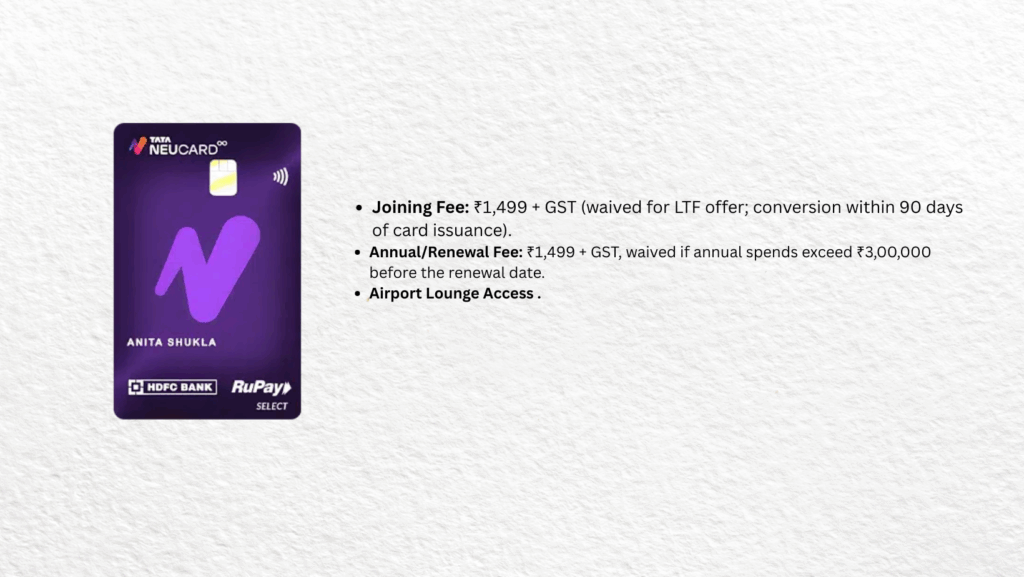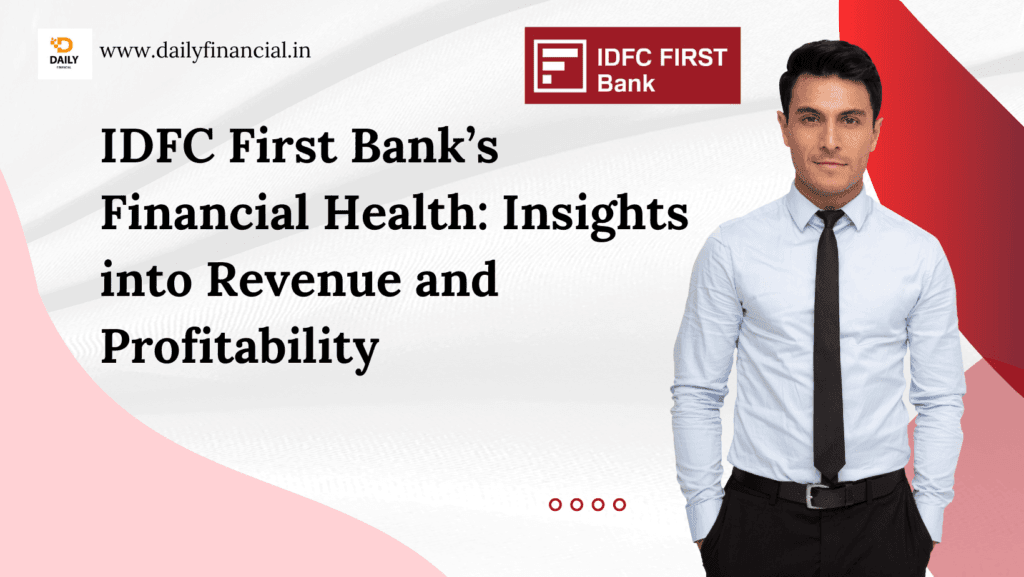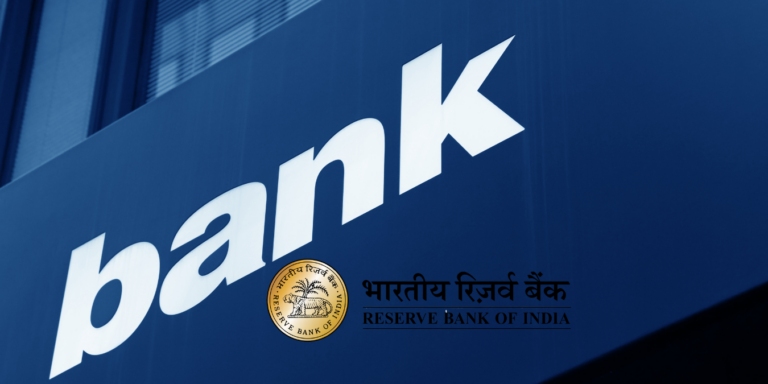
Smart Investing Rules for 2025: Why Old Financial Rules No Longer Work
Investing habits fueling Indian wealth in 2025. Discover shocking new rules, smart secrets, and one surprising money move top advisors won’t reveal. Why do old financial strategies fail—and what future-proof rule could change your destiny? Click now to uncover India’s silent investing revolution.
If 2020 taught us resilience, 2025 is teaching us discipline. After a year that saw record highs, mid-year corrections, and a surprising rally in small- and mid-cap stocks, the Indian investor stands at a fascinating crossroads. Do you chase momentum? Or stay grounded in smart money habits that outlast market noise?
Here’s the secret: Smart investing in 2025 isn’t about timing the market—it’s about mastering yourself.
Let’s explore how India’s savvy investors are reshaping their financial playbook this year, turning volatility into victory.
1. Stay Invested: The Power of Calm in Chaos
Every market cycle brings a “this time is different” moment—and 2025 has had its share. Between global rate cuts, AI-driven rallies, and oil price shocks, volatility has become the new normal.
Yet, one timeless rule prevails: Stay invested.
When the Nifty took a 7% dip in July 2025, panic headlines flooded social media. But investors who stayed put saw their portfolios bounce back within two months, especially in financials and PSU stocks.
Why it matters:
- Compounding doesn’t work for those who keep jumping off the track.
- Short-term corrections are rent you pay for long-term returns.
- History shows that missing just the top 10 days of recovery can erase decades of growth.
Smart takeaway: Set an automatic SIP, automate discipline, and stop checking daily market updates. Your wealth builds in silence, not in panic.
2. Balance Risk Across New Asset Classes
India’s financial landscape in 2025 looks nothing like five years ago. The rise of fractional real estate platforms, sovereign gold bonds, UPI-enabled mutual fund investing, and tech-driven PMS (portfolio management services) has expanded opportunities—but also confusion.
The secret? Balance, not overexposure.
Here’s a thumb rule shaping 2025 portfolios:
- 40% Equity – Focus on diversified large-cap and multi-cap funds.
- 25% Debt – Use short-duration funds or RBI Bonds for stability.
- 15% Gold – Through ETFs or Sovereign Gold Bonds for hedge against inflation.
- 10% International ETFs – For global diversification via Nasdaq or Japan-focused funds.
- 10% Alternatives – REITs or InvITs for steady cash flow.
Real example: Indian millennials using Zerodha or Groww now include REITs as part of their SIP mix—something unthinkable even three years ago.
Hidden gem tip: Consider AI-linked ETFs or green-energy funds for longer-term exposure. These sectors are primed to benefit from India’s energy transition and tech alignment policies under the 2025 budget.
3. Avoid Panic Selling—Turn Fear into Fortune
When volatility hits, fear spreads faster than logic. Investors start selling quality assets at discount prices—only to regret later.
The sharp correction in August 2025, triggered by US-China trade rhetoric, proved this again. Retail investors exited mid-cap mutual funds in droves, while institutional players quietly bought the dip.
The smart investor’s rule: When you feel scared, do nothing—or better yet, buy.
Why? Because corrections are disguised opportunities.
- Data shows that after every 10–15% market fall, the next 12 months usually deliver double-digit gains.
- Behavioural economists call panic selling the “investor’s hidden tax”—you lose money not because the market falls, but because you reacted emotionally.
Quick fix: Set clear exit rules (like stop-loss thresholds) and stick to your asset allocation instead of surrendering to emotions.
4. Follow Data, Not Drama
In a world of endless financial influencers, YouTube thumbnails, and Telegram “tips,” the biggest investor advantage now is discernment.
Smart money is moving quietly—guided by data, not noise.
Here’s what the top wealth managers in India are doing differently in 2025:
- Using AI-based portfolio scanners to identify overvalued stocks instead of human hunches.
- Tracking real-time inflation-adjusted returns, not nominal ones.
- Comparing mutual fund rolling returns over 5-year periods, not recent 6-month performances.
Future-ready habits:
- Use tools like Value Research, Morningstar, and Tickertape judiciously.
- Don’t take buy/sell cues from social media until you check company fundamentals.
- Remember that long-term winners—like HDFC Bank or Asian Paints—reward patience, not followers.
Smart rule: In 2025’s digital jungle, attention is your currency. Spend it wisely.
5. Build a “Personal Financial Radar”
Markets move fast, but your goals shouldn’t. Be it a 5-year car upgrade or a 20-year retirement plan, clarity is your edge.
Step 1: Map your financial goals—short, medium, and long term.
Step 2: Match each to the right instrument. Don’t use volatile equity funds for your kid’s school fee due next year.
Step 3: Review quarterly, not daily.
Pro investors call this the “Radar Strategy.” It’s about always knowing your coordinates—where you are versus where you planned to be.
For instance:
- If your target corpus for retirement by age 55 is ₹1.5 crore and you’ve accumulated ₹70 lakh by 2025, your radar shows 46% progress.
- This gives you clarity—whether to rebalance or stay the course.
Secret weapon: Use free tracking apps like INDmoney or Mprofit to automate this.
6. Rebalance Yearly: The Forgotten Rule of Wealth
Rebalancing is like servicing your car—it doesn’t feel glamorous but keeps the engine running smooth.
In October 2025, many investors who heavily bet on small-caps in 2024 found their portfolios skewed as they surged 40%. Without rebalancing, that exposes you to crash risk.
Smart investors trim winners and refill laggards. The result? Steady returns without sleepless nights.
Pro tip:
- Do a light rebalance every 12 months.
- If a single asset class exceeds 10% of target allocation, reset it.
It’s a simple ritual, but it protects you from hidden risks.
7. Invest in Financial Literacy—Your Biggest Alpha
In 2025, the smartest investors aren’t those with insider tips—they’re the ones who understand their money.
With RBI tightening oversight and AI tools becoming mainstream, financial illiteracy is now the biggest wealth-killer.
From crypto tax rules to debt mutual fund indexation changes, information is the new compounding tool.
Smart plan for 2025:
- Subscribe to SEBI-verified financial blogs.
- Follow RBI Monetary Policy summaries every two months.
- Dedicate one weekend a month to reviewing your portfolio and learning one new financial concept.
Why this matters: The more you understand how returns, tax, and risk interplay, the more you protect your wealth from hidden traps.
8. Think Long—Outsmart Short-Term Noise
If you zoom out, every 5-year window in the Indian markets rewards patience.
In 2010–2015, the Sensex doubled. From 2015–2020, it climbed another 60%. And despite global chaos, 2020–2025 delivered 2.5x returns in key sectors.
Takeaway: The best time to invest was yesterday. The next best time is today.
Smart investors in 2025 aren’t chasing fads—they’re compounding convictions. Whether it’s EVs, defence stocks, or AI fintechs, they play the 20-year game, not the 20-day one.
Insight: With India’s GDP projected to grow at 6.5% in FY2025-26 and per capita income touching ₹2.15 lakh, the wealth creation runway is still long and strong.
9. Automate Investing to Remove Emotion
Technology is the silent edge of 2025. From robo-advisors to AI SIP tracking, the new wealth mantra is: Set, automate, and review.
Automation removes panic and procrastination.
- Auto-transfer monthly SIPs into mutual funds.
- Set reminders for annual rebalancing.
- Use tools like Kuvera or Groww’s “AutoInvest” feature for frictionless allocation.
Those who invested automatically during the volatile early-2025 quarter are already outperforming manual investors by 12–15%.
Quick fact: Emotionless investing often beats emotional brilliance.
10. Don’t Forget Health & Protection Planning
Your wealth is useless without health and protection policies backing it. In 2025, rising medical inflation (averaging 9–10%) is outpacing average portfolio returns for many Indians.
Your financial defense matters as much as offense.
Build this protection layer:
- ₹25–50 lakh health insurance with family floater coverage.
- ₹1 crore term plan covering 10–15x your annual income.
- Critical illness rider and emergency fund equal to 6 months' expenses.
As President Trump’s global trade decisions influence oil and inflation trends, domestic medical costs and import dependencies can spike unexpectedly. A protected investor wins both in crisis and calm.
11. Track Taxes, Not Just Profits
With the new income tax regime gaining traction in FY2025-26 and ELSS continuing to offer dual benefits, smart investors are now pairing post-tax analysis with investment planning.
Example: A 9% return from a debt fund might still beat a 10% FD once you adjust for tax brackets.
Smart filtering:
- Compare post-tax returns regularly using online calculators.
- Use indexation benefits wherever applicable (for long-term bonds or ETFs).
- Don’t ignore Section 80C and 80D benefits—they quietly enhance effective yield.
Hidden advantage: Smart tax optimization can add 1–1.5% to your annual wealth growth—without taking extra risk.
12. Keep Emotions in Check—Discipline Beats Intelligence
Every successful investor—from Rakesh Jhunjhunwala to the new-age retail voice of Finfluencers—shares one trait: emotional mastery.
They didn’t win because they knew more. They won because they reacted less.
Your 2025 mantra:
- Avoid FOMO when IPOs trend.
- Don’t revenge-buy during market dips.
- Stick to your strategy even when WhatsApp groups say “sell everything.”
Remember: Intelligence opens doors, but discipline holds them open.
Why Old Financial Rules No Longer Work
Old financial rules no longer work in 2025 because India’s economic environment, digital infrastructure, and investment ecosystem have fundamentally changed. The financial landscape your parents knew—where fixed deposits, gold, and real estate were the default paths to stability—has evolved dramatically due to structural shifts and policy reforms.
In 2025, traditional wisdom like “buy a house early” or “stick to FDs for safety” is often counterproductive. Skyrocketing property prices in metros now make renting more viable, while equity mutual funds, REITs, and sovereign gold bonds offer better returns with flexibility. Meanwhile, fixed deposit rates struggle to beat inflation, especially in a high-cost, post-rate-hike world.
New policies amplify this transformation. The Unified Pension Scheme (UPS) launched in April 2025 replaced old pension frameworks, while revised tax slabs, UPI rule changes, and the SEBI-F&O restrictions have reshaped personal finance norms. Digital-first compliance—from GST e-invoicing to faster cheque clearance—demands financial agility rather than traditional conservatism.
The withdrawal of the Income-Tax Bill, 2025 and upcoming reforms signal a regulatory shift toward simplified, tech-driven governance. Investors must now focus on diversification, financial literacy, and adaptive portfolios instead of relying on outdated safety-first mindsets.
In short: 2025’s wealth game favors adaptability over tradition—cash isn’t king, information is.
Key Takeaways
- Stay Invested: Don’t let volatility scare you out of compounding.
- Balance Assets: Use mix of equity, gold, debt, and global exposure.
- Avoid Panic: Market dips are hidden buying windows.
- Follow Data: Ignore hype; track credible research.
- Rebalance and Automate: Yearly check-ups maintain financial health.
- Invest in Learning: Literacy is your highest ROI skill.
- Protect & Plan: Insurance and taxes are integral—not optional.
- Think Long: Wealth is built in decades, not days.
Final Thought
2025 isn’t about chasing quick wins—it’s about staying power. Markets will dip, narratives will shift, and headlines will scare. But smart investors won’t blink. They’ll buy when others fear, study when others scroll, and review when others react.
The real secret? Patience is your ultimate arbitrage.
Because ten years from now, when people look back at 2025’s market swings, they’ll divide investors into two kinds—those who panicked and those who prepared.
The question is: which one will you be?

































